Need any help or advice?+44 (0)1782 454499
VIDEOS IN THIS SERIES
This video is part 1 of a 3 part series:USED IN THIS PROJECT
Although not necessarily an exhaustive list, the following tools and materials, supplied by Easy Composites, were used in this project.
The quantity shown below is the approximate amount used in the project rounded up to the nearest available kit size or quantity.
PATTERN MAKING MATERIALS
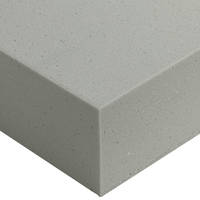
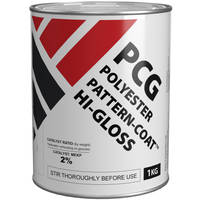
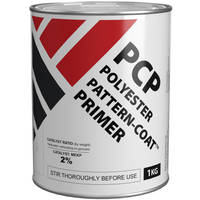
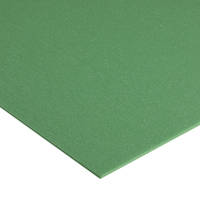
POLISHING
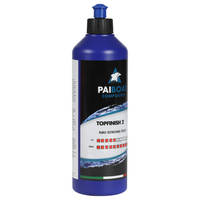
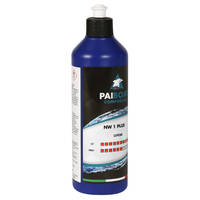
TOOLS & EQUIPMENT

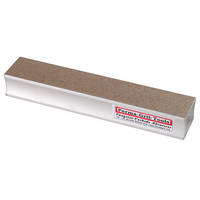
MATERIALS & CONSUMABLES

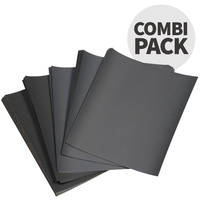
VIDEO TUTORIAL
How to Make an Accurate Composite Pattern by Hand
If you have an original design idea for a new fibreglass or carbon fibre part then before you can make the part itself, or even make the moulds you must first make a pattern.
In this comprehensive video tutorial we demonstrate a step-by-step composite pattern making process that can be used to reliably produce dimensionally accurate and professionally finished patterns entirely by hand.
TUTORIAL BREAKDOWN
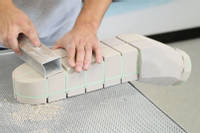
1. Create the basic shape
At the start of the tutorial we explain what a pattern is and why they’re required in the composite mould making process before going on to show how 3D CAD designs can be printed out as profile templates which can be used to create a dimensionally accurate skeleton of your pattern using Closed Cell PVC Foam.
Once the profile skeleton has been created we use Low Density Polyurethane Foam to block out the basic shape of the pattern. The foam is then shaped using basic hand-tools like hacksaws, a Perma-Grit Sanding Block and Abrasive Paper.
The surface of the pattern is then smoothed and filled using a Patternmakers' Bodyfiller (coming soon) before flatting back any high-spots using a coarse abrasive paper.
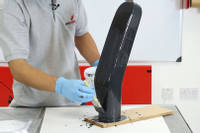
2. Surface the pattern
Next, the pattern is coated in Pattern-Coat Primer which is allowed to cure before the cured Primer is then flatted back using a 120 Grit Abrasive Paper and a new layer of Pattern-Coat Primer (mixed with a guide pigment) is applied. This process is repeated until the pattern is perfectly flat with no high-spots or low-spots. If any low spots exist they can be filled using a small amount of the bodyfiller in between applications of the Pattern-Coat Primer.
At this stage, the pattern can either be flatted using finer abrasive papers and then polishing compound up to a smooth, satin finish or, for a high-gloss finish, the surface can be coated with Pattern-Coat Hi-Gloss which we choose to do in this tutorial.

3. Polish the pattern
The Hi-Gloss is then dry-flatted using 400grit Abrasive Paper and then wet-flatted using progressive 800grit, 1200grit and 1500grit Abrasive Paper. Once the pattern is perfectly flatted to 1500grit we use a NW1 White Super Cutting Compound for hand polishing progressing to TOPFINISH 2 for an ultra-high gloss by hand or machine for a ultra-high gloss finish.
The pattern is now complete and ready to be coated in release agent prior to starting the mould making process.
DISCUSSION (14)
Please share any questions or comments you may have about this video tutorial.
LEAVE A COMMENT OR QUESTION
USED IN THIS PROJECT
Although not necessarily an exhaustive list, the following tools and materials, supplied by Easy Composites, were used in this project.
The quantity shown below is the approximate amount used in the project rounded up to the nearest available kit size or quantity.
PATTERN MAKING MATERIALS




POLISHING


TOOLS & EQUIPMENT


MATERIALS & CONSUMABLES


DISCUSSION (14)
Please share any questions or comments you may have about this video tutorial.
LEAVE A COMMENT OR QUESTION
100% SECURE
PAYMENT METHODS


Easy Composites Ltd, registered in England 7486797. All content copyright (C) Easy Composites Ltd, 2025. All rights reserved.